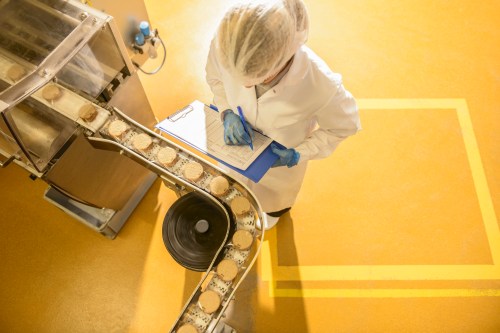It’s a well-known fact that exercise and mental health are intertwined. When you get sweaty, you’re boosting your mood, increasing your self-esteem, and improving your memory and focus. Now, there’s a new reason to sweat: Research hailing from the Memory and Aging Center at the University of California, San Francisco, indicates that movement may also play a major role in guarding our brains against dementia as we age.
Experts in This Article
Kaitlin is a neuropsychologist at the UCSF Memory and Aging Center passionate about understanding resilience to brain aging and neurodegeneration.
Published in Alzheimer’s and Dementia: The Journal of the Alzheimer’s Association, the study confirmed that exercise has a protective effect on the human brain—especially in later age. Scientists have long observed this benefit of exercise in mice test subjects before, but discovering the same relationship between movement and cognitive longevity in the human brain constitutes a major scientific milestone. The minds at UC-San Francisco uncovered this exercise-brain connection by studying people who donated their brains to scientific research as part of the Memory and Aging Project at Rush University in Chicago. The brains studied belonged to people who were between 70 and 80 years old at the time of their deaths.
Here’s how they figured it out. A healthy brain is one that transmits electrical signals effortlessly through the synapses in our brains. You can think of synapses as little doorways between neurons that let the signals squeeze through, and proteins are essential for the maintenance of these little doorways. “There are many proteins present at the synapse that help facilitate different aspects of the cell-to-cell communication. Those proteins need to be in balance with one another in order for the synapse to function optimally,” writes study author Kaitlin Casaletto, PhD.
As part of their research, Dr. Casaletto’s team looked at the level of physical activity that the study participants had before they passed away—and found that those who exercised more tended to have more of those protective proteins in their brains. “We found that higher levels of everyday physical activity in older adults relate to higher levels of these synaptic proteins in brain tissue at autopsy,” Dr. Casaletto tells Well+Good. “These are correlative so we do not know directionality, but it suggests that physical activity may promote maintenance of these protein levels even into the oldest ages.”
“These findings begin to support the dynamic nature of the brain in response to our activities, and the capacity of the elderly brain to mount healthy responses to activity—again, even into the oldest ages.” — Kaitlin Casaletto, PhD
In short, this means that the more someone exercises, the more protective proteins develop in their brain—regardless of whether or not the person breaking a sweat already has markers for Alzheimer’s or dementia. “These findings begin to support the dynamic nature of the brain in response to our activities, and the capacity of the elderly brain to mount healthy responses to activity—again, even into the oldest ages. We also found fairly linear relationships—meaning the more physical activity, the higher the synaptic protein levels in brain tissue,” says Dr. Casaletto, adding that she recommends aiming for about 150 minutes a week of physical activity.
So next time you’re working out, make sure to dedicate a mile, burpee, or crunch to those little proteins in your brain. They’re doing a whole lot for you.
Oh hi! You look like someone who loves free workouts, discounts for cutting-edge wellness brands, and exclusive Well+Good content. Sign up for Well+, our online community of wellness insiders, and unlock your rewards instantly.
Sign Up for Our Daily Newsletter
Get all the latest in wellness, trends, food, fitness, beauty, and more delivered right to your inbox.
Got it, you've been added to our email list.










